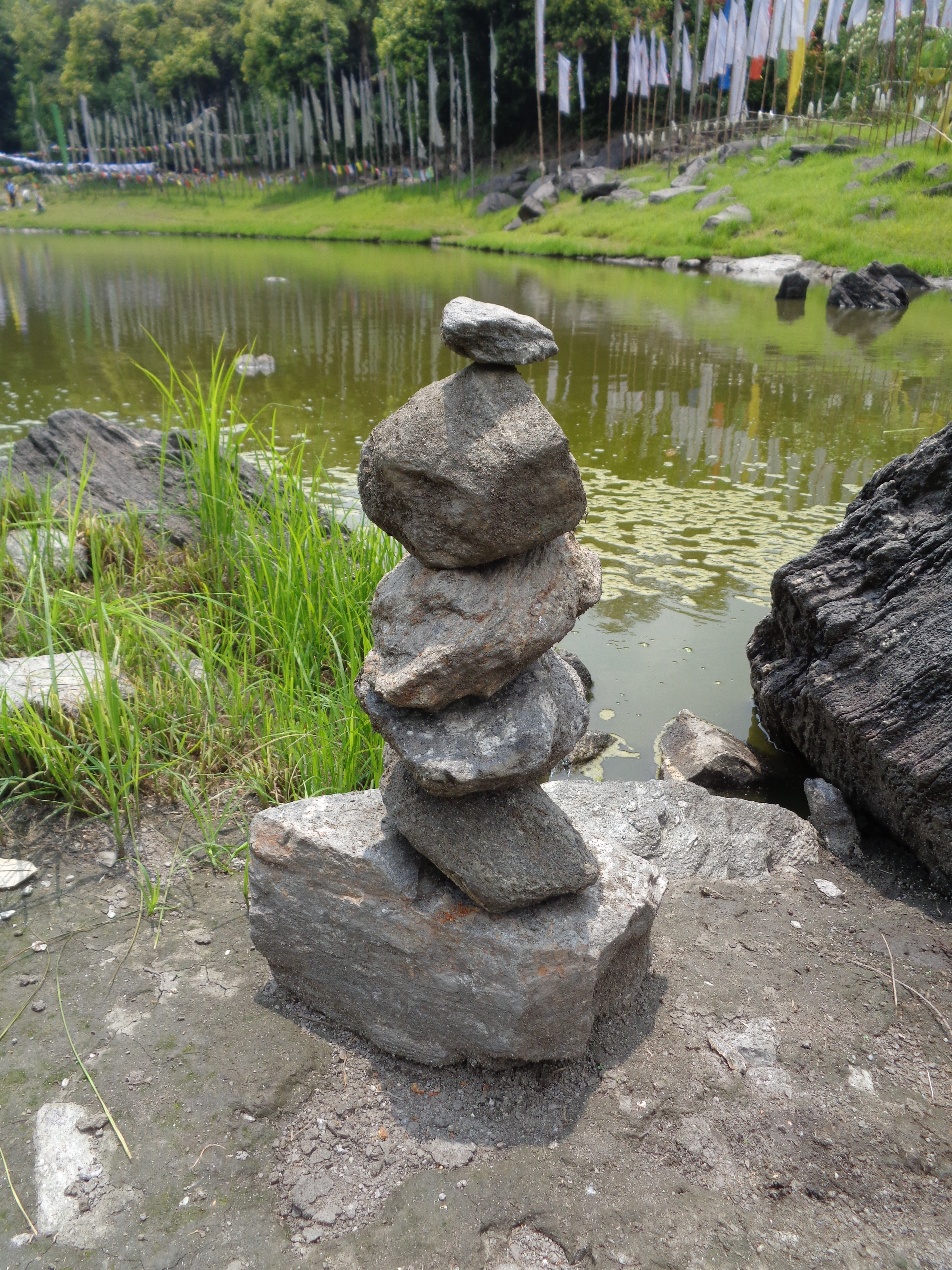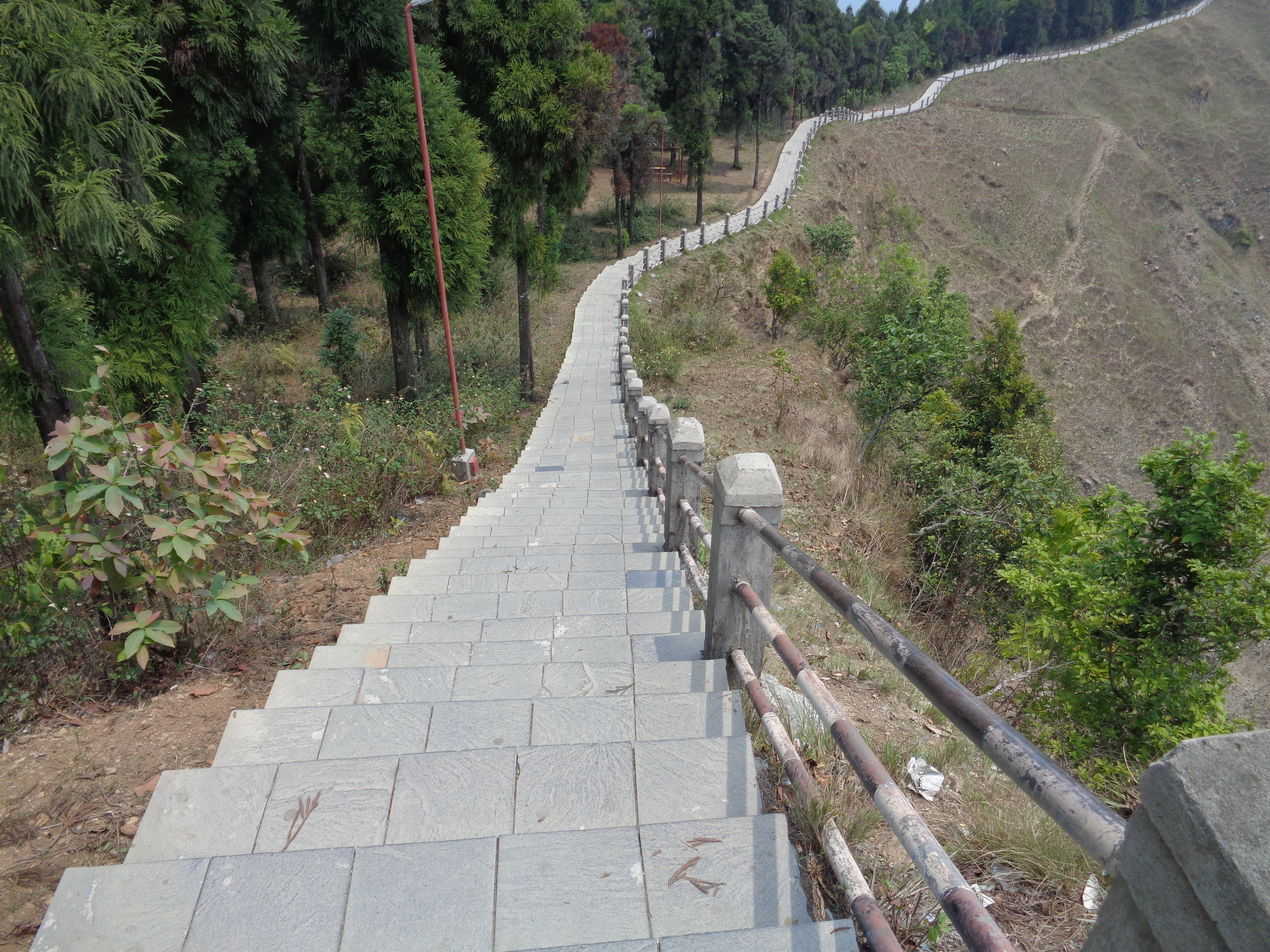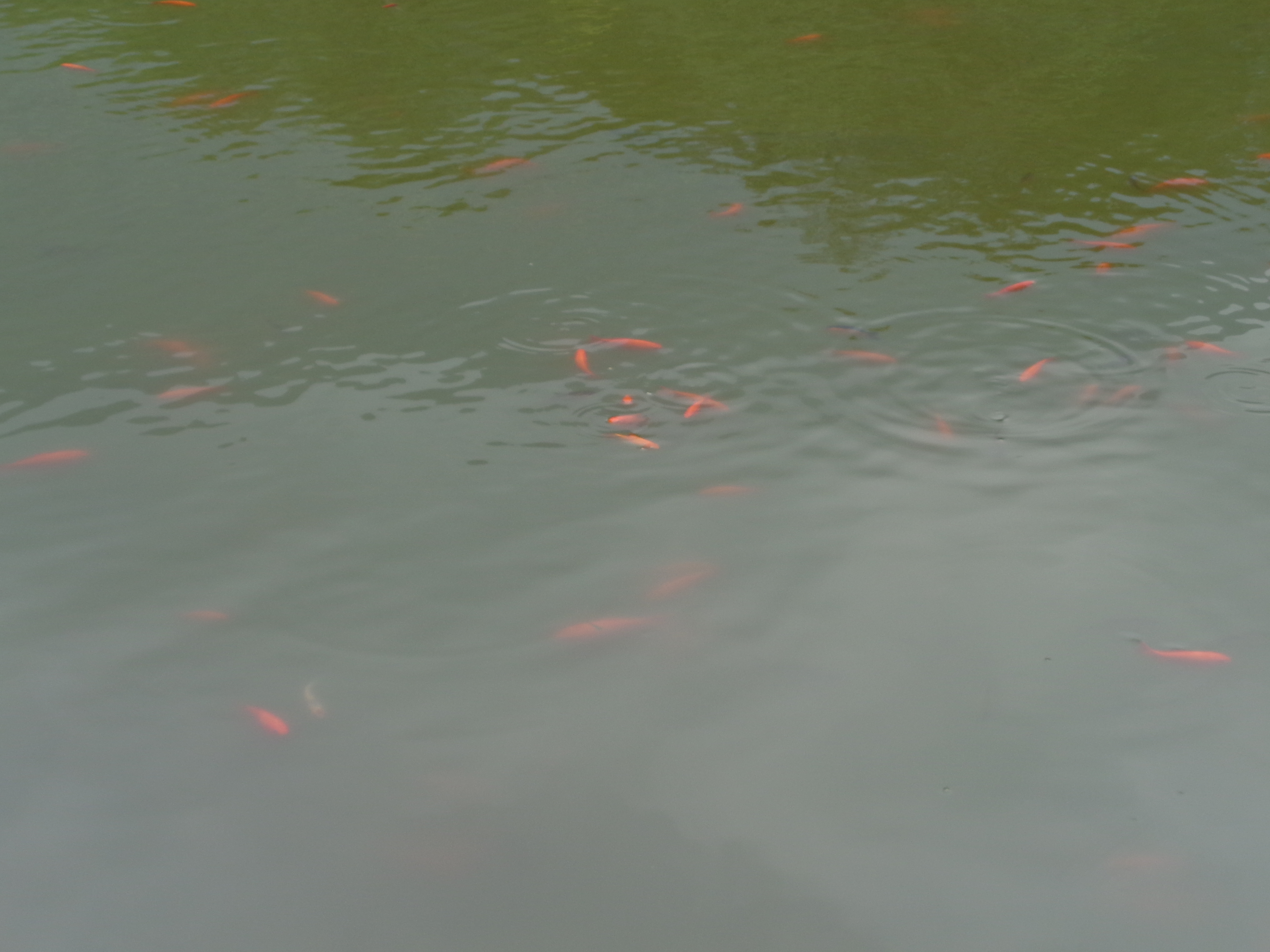Understanding "Boring!"
November 25, 2019Boring! This is one word we used to dread when we started Puthir a few years back. As creators with a mission to make learning joyful, that was our kryptonite, our Achilles heel. During our first few months, that word always left a sore wound in us and we worked incredibly hard to figure it out and solve the “boring” problem.
Sorting the catch-all bucket
What we learned in the process was that “boring!” was a catch-all term. For some it was an escape route, self-preserving way to say “difficult!”. For some, it was a way to ask for a “brain-break” that was not allowed in most learning environments or get some individual attention. For some, it was their way of saying “This is unfamiliar” or “I don’t know how to work on this by myself”.
We learned that when we hear “boring”, we needed to find out what kind of boring it was. Over time, these conversations with children have helped us understand how this generation of children process their feelings while learning new things.
We learned that solving the “boring” problem is an exercise in empathy.
Process over progress

Kids are a part of hyper-competitive, pressure-cooker situation most of their waking hours. They are grappling with identity and competition, constantly comparing their work and progress with others. When they sense any possibility of someone else being ahead, they resort to self-preservation.
Boring!
The first step in solving this problem is to make learning environments psychologically safe. We assure them that there are always more chances, that they have the autonomy to move away from a problem and come back to it. Over time, they realize that wins and losses are impermanent. The focus is on effort and engagement rather than results and points.
The right amount of challenge

We learned that children are tasked with an enormous workload in school but none of them intellectually challenging. Most work is rote. What could have been challenging work gets prefaced with so much instruction that it gets reduced to rote.
Repetition is mistaken for rigor in mathematics. Risk taking is discouraged by upholding conformity.
The second step is to ensure that our difficulty increments are a lot more granular and make the on-boarding pain-free. This allows children with limited exposure to intellectual challenges gradually open themselves up for deep thinking and analysis.
The right amount of guidance

The amount of instruction that goes into learning is extremely detrimental to intellectual independence and original thinking. The challenge also comes from making sense of the unknown.
“Figure it out” is something that you’ll hear us repeat multiple times at Puthir. Often times, our guidance is limited to helping someone break down the problem. Encouraging them to persevere or offering them barely enough information to keep going.
It’s more fun to collaborate

Most learning environments are competitive. The ones that aren’t are still fairly individualistic. Even the hardest problems become easy to work on when you can talk them through with others.
We have had children work on math, programming and creative writings much higher than the age range decided by the traditional curriculum, by making just a few adjustments. By turning them into a physical activity that can be worked on as teams.
The harder the battle, the sweeter the victory
Once the kids get tuned to the rhythm of our activities, they slowly open up to the challenges. Our functional programming activity is the best example. One of the best things at Puthir is when our members come in with all eagerness to find out what is in store for that day / week. When they realize that it is functional programming, everyone screams death.
They know that they will be mentally taxed, intellectually challenged and it will require them using more brain cells than anything else they have done. This usually results in a collective sigh when they enter and find what’s in store.
They settle down quickly and begin their work. Kids working on higher level problems automatically decide to collaborate. This has been our observation over the last two years where kids have gone from level 1 to level 6 working on over 40 problems with increasing difficulty levels.
This month, when we brought the activity onto the table, we had our fresh graduates, two kids entering their 3rd year of Puthir moving from Junior to the Senior batch. When they saw the reaction from their older and more experienced peers, they decided that this was a “Boring!” activity.

After we explained the constraints and they started working, they realized that they were having fun. A very different kind of fun. They also saw that the people that sighed were engaging blissfully on problems that they themselves would begin to work on much later. As they moved through the intuition-developing first level problems, we were also more equipped to observe and understand better.
With each problem, one of them came asking for explanation, when we told them that it doesn’t require any, that they had all the information they need, it took them a while to believe that. The agency and ownership they acquired as they progressed through the levels, where the basic constraints did not change while their understanding kept increasing was the fun part.
One of them summarized at the end of our two day activity:
“Sir. This is a boring activity. But it is so much fun. I want to continue this on Friday”